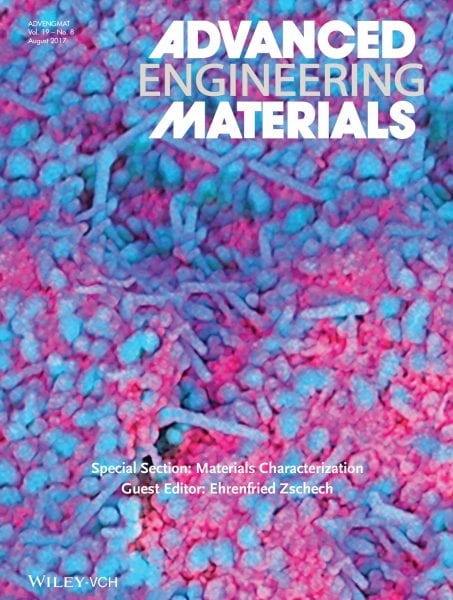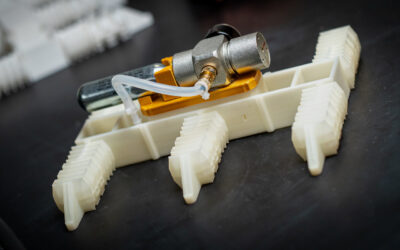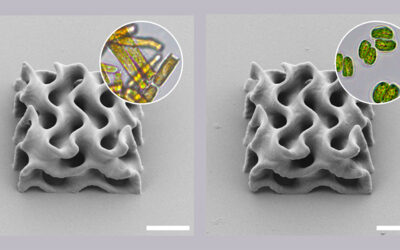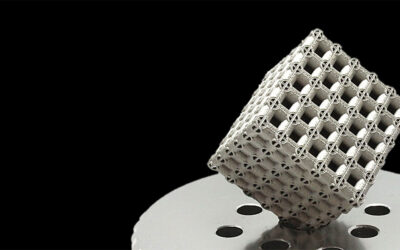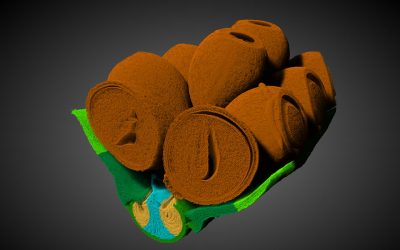More than ever before, materials-driven product innovations in industry and shorter time-to-market for new products require high innovation rates and close cooperation between research, development and manufacturing. This approach, where scientists and engineers from industry and research institutes work together, includes sustained developments in materials science and engineering, and particularly for materials and process characterization. According to the European Materials Characterisation Council, analytical techniques and respective tools are considered to be fundamental drivers for innovation in European industry.
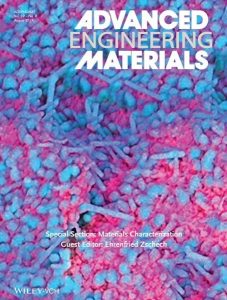 This Special Section “Materials Characterization” in Advanced Engineering Materials, guest-edited by Ehrenfried Zschech (Fraunhofer Institute for Ceramic Technologies and Systems Dresden), collects selected papers that were presented at the 14th International Conference on Reliability and Stress-Related Phenomena in Nanoelectronics IRSP 2016, held in Bad Schandau, Germany, from May 30 to June 1, 2016, and the 4th Dresden Nanoanalysis Symposium DNS, held on June 15, 2016, in Dresden, Germany. The Dresden Nanoanalysis Symposium was jointly organized by the Dresden Fraunhofer Cluster Nanoanalysis and the Dresden Center for Nanoanalysis DCN at Technical University Dresden.
This Special Section “Materials Characterization” in Advanced Engineering Materials, guest-edited by Ehrenfried Zschech (Fraunhofer Institute for Ceramic Technologies and Systems Dresden), collects selected papers that were presented at the 14th International Conference on Reliability and Stress-Related Phenomena in Nanoelectronics IRSP 2016, held in Bad Schandau, Germany, from May 30 to June 1, 2016, and the 4th Dresden Nanoanalysis Symposium DNS, held on June 15, 2016, in Dresden, Germany. The Dresden Nanoanalysis Symposium was jointly organized by the Dresden Fraunhofer Cluster Nanoanalysis and the Dresden Center for Nanoanalysis DCN at Technical University Dresden.
The scope of this Special Section is to provide an overview of current status, recent developments and research activities in the field of materials characterization, with a particular emphasis on future scenarios. Latest results in materials science and engineering as well as applications in industry, particularly in the semiconductor industry, are covered. The contents of the papers range from materials-related aspects of stress and fracture in composites and of wastewater treatment using photocatalytic materials to advanced materials for future electronic devices. In addition to analytical techniques to characterize materials and their 3D microstructure, modeling and simulation are covered too. Particular techniques for materials characterization that are discussed are X-ray diffraction and Raman spectroscopy for strain measurements, X-ray computed tomography for 3D microstructure analysis, as well as nanomechanical techniques.
The papers collected here reflect the existing widespread interest in materials characterization for materials research and development, but also for process and quality control in industry, and provide an insight particularly into the directions in which new characterization technique developments are currently headed. In this Special Section, material transitions that are necessary to improve the performance and to maintain the reliability of products for applications in the semiconductor industry are highlighted.

